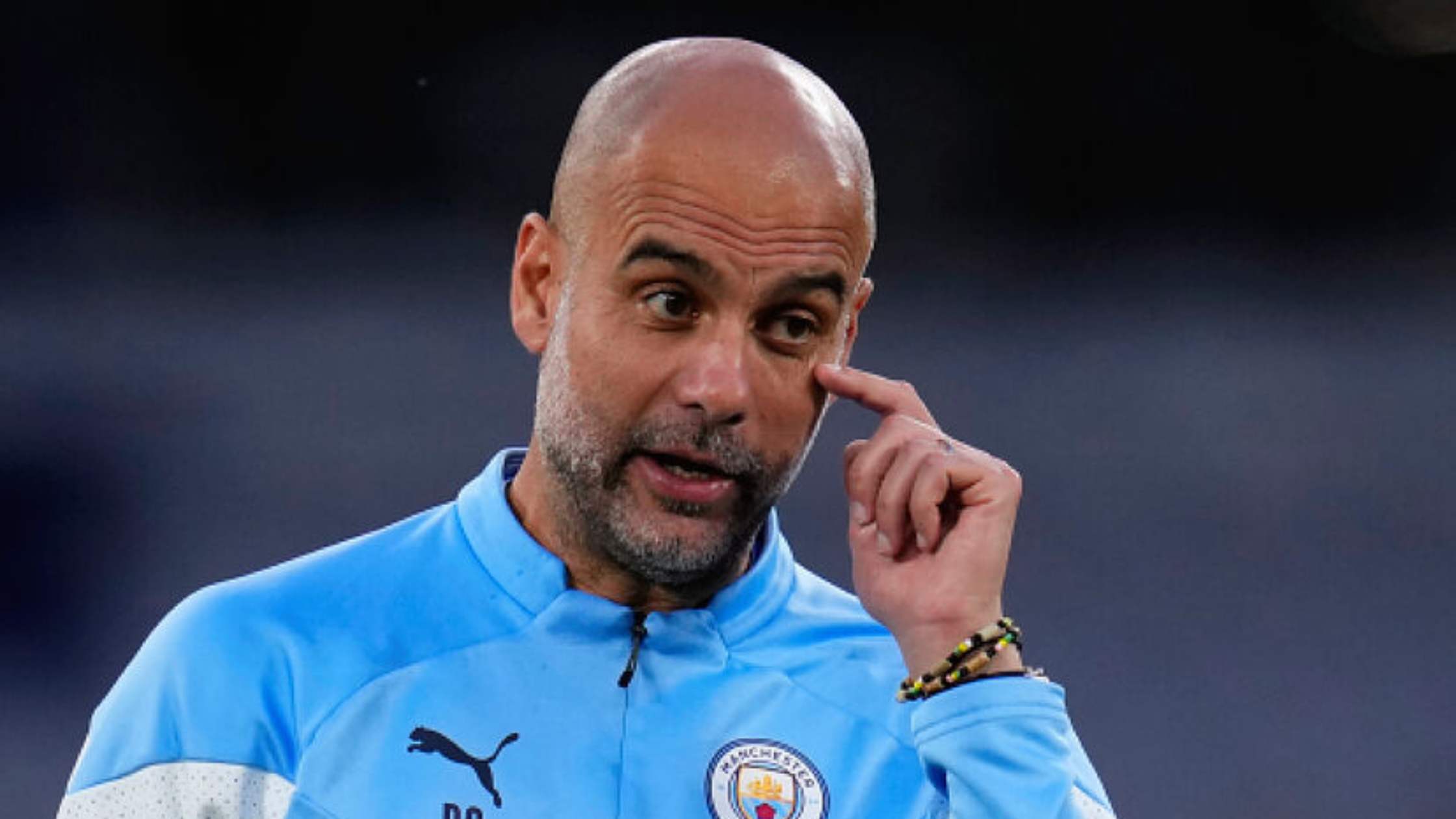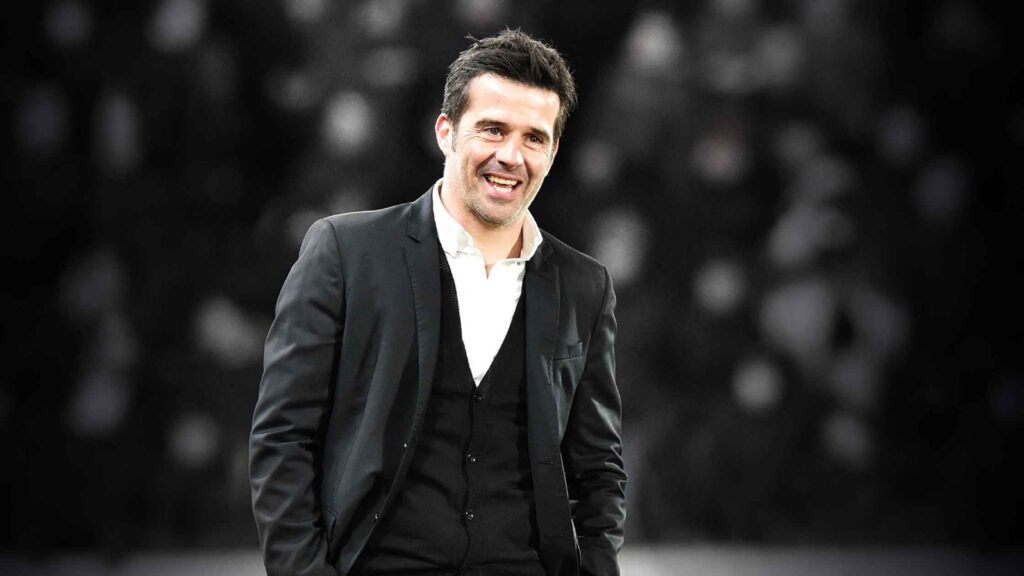Pep Guardiola is a footballing genius. This is not something that’s up for debate, but something easily provable by the number of trophies won both as a player and as a manager. His football tactics, inspired by FC Barcelona and Johann Cruyff’s approach, are still revolutionizing modern football.
Guardiola’s Manchester City has never relinquished control over the Premier League and, indeed, global football over the last few years. This is why it is time to look at the tactics used across the 2023/2024 season. Here’s what Pep has changed and what he may be looking to change still going forward.
Career Prior to Manchester City
Pep Guardiola’s career is the stuff of legends. Still a relatively young manager, by the time he had become manager of Manchester City, Guardiola was one of the most successful ex-footballers and managers in the game.
As a player, Pep Guardiola was very much the symbol of one club, FC Barcelona. He played for the club for 11 years, winning just about every trophy available. It was the tenure in which he was coached by Dutch great Johann Cruyff that left the most lasting impression on Guardiola.
Cruyff’s football philosophy influenced Guardiola’s own. By only his second year in management, he was given the opportunity to lead FC Barcelona’s senior squad. Guardiola made instant changes, including a controversial decision to sell superstar Ronaldinho and to promote a youngster by the name of Lionel Messi.
FC Barcelona won multiple La Liga titles and the Champions League on two occasions and was one of the most successful teams in history. Guardiola followed this up with a successful stint in Germany, winning three Bundesliga titles for Bayern Munchen.
He became the manager of the extremely wealthy Premier League side Manchester City in 2016. Despite early setbacks, Guardiola has guided The Blues to five EPL titles, the Champions League and pretty much every other trophy on showing.
Football Philosophy
Pep Guardiola, quite famously, represents the FC Barcelona model pioneered by Johann Cruyff. In simple terms, this is an approach that involves controlling ball possession, playing attacking football, and prizing player creativity.
For 2024, and a couple of years before it, Guardiola made a few adjustments to this philosophy. Part of this was, perhaps, due to City’s inability at the time to capture the Champions League crown. City was a team that had trouble scoring in decisive matches. The team often played without a clear forward. This was something that Guardiola had also implemented at FC Barcelona.
In 2022, with the emergence of Norwegian striker Erling Haaland, Guardiola opted to push for a transfer. Julian Alvarez would join as a deputy. Guardiola set about restructuring the team’s tactics.
Man City would play with a number 9 striker. And they would compensate for the striker’s relative lack of movement by other means. One of the ways was by having central defender John Stones play as a libero, unlike the famous way in which Franz Beckenbauer interpreted the role.
Formations and adaptability
In modern football, the classic positions are no more. In Pep Guardiola’s teams, instead, players are tasked with roles that can often change throughout a game. The team’s top players are also given creative control, acting as veritable in-game directors or registas, pulling the strings when needed.
In 2023 and 2024, Guardiola’s tactical adaptability became obvious, showcasing a variety of formations to exploit opponents’ weaknesses. From the classic 4-3-3 to innovative setups like 3-5-2, each formation under Pep is fluid, transitioning seamlessly based on the game’s flow and the players’ dynamics. This adaptability ensures Manchester City can control matches and adjust to different challenges, reflecting Guardiola’s deep understanding of modern football’s demands.
Guardiola’s strategies remain centred on player versatility and tactical intelligence, allowing City to maintain dominance across competitions. In fact, with the exception of striker Erling Haaland, not one other player has a set place in the team. Phil Fodden or Julian Alvarez may play as forward but may also be used on the wings and even as central midfielders. Rico Lewis was brought in as a left-back but has also played as a defensive midfielder and even behind the striker. And, on occasion, goalkeeper Ederson’s passing skills may even be used to turn him into a ball-playing goalkeeper.
Manchester City in Defense
The first thing to say about playing in a Pep Guardiola team is that … it’s hard. Not only does City play in the toughest competitions, but Guardiola also places tremendous pressure on players to do their best. When things do not work out, as was the case for Joao Cancelo or Oleksandr Zinchenko, the players are moved on.
Central to Guardiola’s defensive strategy is the high-press system, which aims to regain possession quickly by applying pressure on the opposition in their own half. This approach disrupts the opponent’s build-up play and minimizes the risk of counter-attacks. The high press is spearheaded by dynamic forwards such as Phil Foden and Jeremy Doku, whose energy and work rate set the tone for the team’s defensive efforts.
A key component of City’s defense is their use of a flexible backline, often transitioning between a back three and a back four. This fluidity allows players like Ruben Dias and Nathan Ake to adapt to different scenarios, maintaining defensive solidity while providing support for midfield when transitioning to attack. In midfield, Rodri acts as the pivotal anchor, breaking up opposition attacks and covering spaces left by advancing full-backs. The use of full-backs, such as Josko Gvardiol and Kyle Walker, is crucial; they balance their offensive duties with defensive responsibilities, ensuring the team’s shape is preserved without sacrificing width.
Finally, a key component to City’s defensive success has been Guardiola’s ability to identify players capable of taking on numerous roles. In fact, since the departure of wing-back Joao Cancelo, City has not replaced him with a player for the same position. Instead, Ake, Gvardiol, Lewis or Manuel Akanji have been shifted from their regular position to that of wing-back. It has almost always worked.
Manchester City in Attack
It might be easy to say that Manchester City has changed its tactics to allow Erling Haaland‘s influence to flourish. That’s an all too simple explanation, but there’s truth to that. The Norwegian broke nearly every goalscoring record in the Premier League since joining two years ago. Clearly, his influence has been tremendous.
n attack, Manchester City under Guardiola showcases a multifaceted approach characterized by fluid movement, positional interchanges, and a focus on creating overloads in key areas of the pitch. The team’s offensive play is built on the foundation of superior ball control and patient buildup, often resulting in intricate passing sequences that dismantle defensive structures. Key players like Kevin De Bruyne and Phil Foden are instrumental, exploiting spaces between the lines and delivering precise final balls.
The strategic positioning of the false nine, a role frequently assumed by players like Bernardo Silva or even De Bruyne, blurs traditional attacking lines and confounds opposing defenses. The inclusion of wingers and overlapping full-backs stretches the play horizontally, creating gaps for penetrating runs and crosses. City’s attack benefits from this approach by generating a high volume of scoring opportunities and maintaining constant pressure on the opposition, though it requires exceptional skill, understanding, and fitness levels from the entire squad to execute effectively.
Then there’s Erling Haaland, one of the last classic number 9s. The Norwegian is the best’s top finisher. He’s able to find space, exploit it, and use his strength, great shot and shooting skills to score. Still, this year, his link-up play and passing skills have also increased, meaning that Halland may become more of a typical Guardiola player soon enough.
What next for Pep Guardiola and Manchester City?
What next for Pep Guardiola and Manchester City? More success. In fact, the manager and club have been dominant in the Premier League. It’s all the more remarkable, considering just how competitive the league has been.
This season, they face serious competition. Mikel Arteta‘s Arsenal and, especially, Jurgen Klopp‘s Liverpool are gunning for the top spot. Meanwhile, the Champions League is a tough competition where teams like Real Madrid or Inter Milan have a great chance of winning.
The biggest news, however, is that Guardiola isn’t going anywhere for now. With the exception of a terrible outcome for Manchester City in the case in which they are accused of financial irregularities, there’s little that can stop The Blues from adding even more silverware to their collection.

















